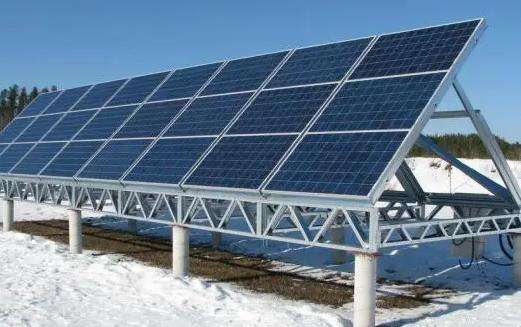Water Energy:
Water energy is a renewable energy source and a clean energy source. It refers to energy resources such as kinetic energy, potential energy and pressure energy of water masses. Broad water energy resources include river water energy, tidal water energy, wave energy, ocean current energy and other energy resources. Water energy resources in the narrow sense refers to river water energy resources. It is a conventional energy and a primary energy. Water can not only be used directly by humans, but it is also a vector of energy. Solar energy powers Earth's water cycle and keeps it running. Surface water flow plays an important role. In areas with high falls and significant flows, the energy resources of water aret abundant. As fossil fuels become increasingly scarce, hydropower represents a very important and promising alternative resource. Hydroelectric production around the world is still in its infancy. Water movements such as rivers, tides, waves and waves can all be used to generate electricity.
Tidal energy:
Tidal phenomena are caused by changes in the moon's gravity. Tides cause sea levels to rise and fall periodically. Energy generated by the rise and fall of the moon. seawater and tidal flow become tidal energy. Tidal energy is ocean energy in the form of potential energy, which refers to the potential energy and kinetic energy of water formed by the rise and fall of sea water.
The principle of tidal power generation is somiliar to that of ordinary hydroelectric production. Leaving the reservoir, seawater is stored in the reservoir during high tide and stored as potential energy. At low tide, using the difference between high and low tide levels, the gap between them causes the hydraulic turbine to rotate and drive the generator to produce electricity. The difference is that sea water is different from river water. The height of the accumulated seawater is not great, but the flow is large and intermittent. Therefore, the structure of the tidal power generation turbine must be adapted to the characteristics of low head and large flow. . The flow of tidal water is different from that of river water. It constantly changes direction. There are three forms of tidal power generation:
(1) Single-pool unidirectional power generation
(2) Electricity generationcited from a single pool Bidirectional electricity production in one pool
(3) Bidirectional electricity production in two pools














